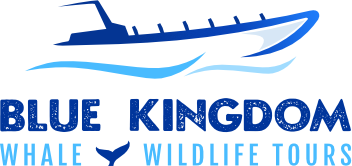Forage Fish of the Salish Sea
Flashes of silver dance below the surface leaving tiny ripples along the water, the gulls circle above excitedly, and the sea lions swim quickly over as the feeding frenzy is about to begin. The table has been set in the form of a baitfish ball for our marine mammals, birds, and the many fish species who call the Salish Sea home. Bait balls are large groupings of thousands of schooling forage fish, pulsing with nutrients and bringing all kinds of marine wildlife to feed. Forage fish breathe life into our inland, oceanic waters and are vital in connecting plankton to the larger fish and wildlife consumers found here.

What are forage fish?
Forage fish are usually smaller than 8” and are full of fat and packed with nutrients which is why most of our marine species rely on them as an essential food source. Here are just a few types of forage fish that can be found in the Salish Sea: Pacific herring, surf smelt, eulachon smelt, and sand lance. Pacific herring migrate between their winter spawning grounds in the inland waters of the Puget Sound basin to the open waters of the Strait of Juan de Fuca in the summer. They spawn on macro-vegetation like eelgrass or red algae in the shallows of the subtidal to intertidal zones. Surf smelt and sand lance both prefer shallow nearshore habitats close to where they spawn. They have spawned here for decades and typically lay their eggs in sandy or gravel clad beaches higher up in the intertidal zone. Eulachon smelt, also referred to as candlefish because when dried out they will burn like a candle if you take a match to them. Just like our beloved salmon, eulachon move between fresh and saltwater, choosing freshwater streams and rivers for their spawning grounds.
What animals eat them?
Known as the Salish Sea’s favorite food, I’m sure you can guess why they’re called “forage” fish. Many marine species are seen or known to forage for these little fish so let’s go over some of the species we sometimes see while on the water. Harbor seals can be seen navigating their way through kelp beds or even in marinas swimming quickly under the docks as they chase after them. California and Steller sea lions, harbor porpoises, Dall’s porpoises, Minke whales, and humpback whales all enjoy forage fish and are a crucial part of their diet. Marine birds like tufted puffins and rhinoceros auklets can be seen diving into these bait balls and coming back up with roughly 20 fish captured in their beaks! Many fish species including our Chinook and Coho salmon, Pacific cod and halibut consume Pacific herring as an essential part of their diet. We know our endangered Southern Resident killer whales rely on salmon for their survival so you can see just how important these little fish are in the Salish Sea food web.


What can we do to protect these important fish?
We always feel so lucky when nature unfolds before us when viewing bait ball gatherings on our tours. Remember to help protect our nearshore habitats like eelgrass beds and beaches so that these little fish can continue doing their job in sustaining our marine ecosystem. Small things like not anchoring your boat in known eelgrass habitat or planting vegetation that creates a buffer of shade along your beach can help protect habitat that is vital for forage fish.

